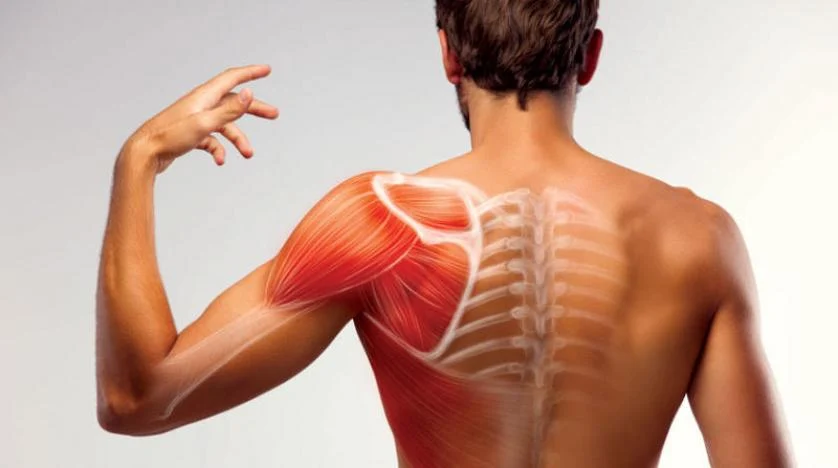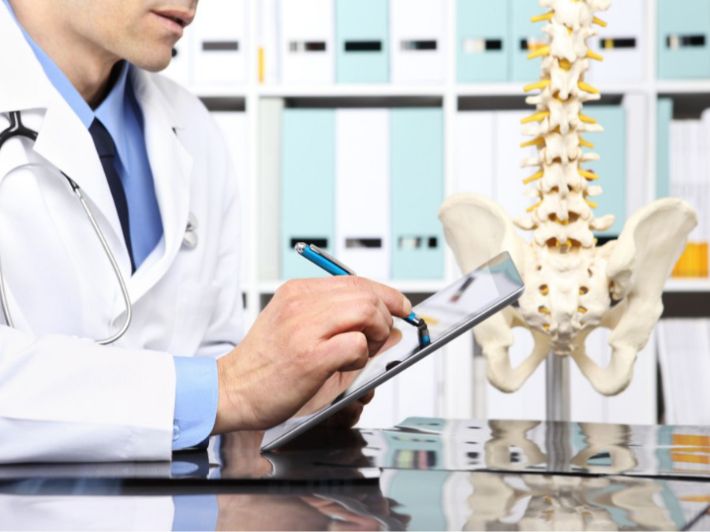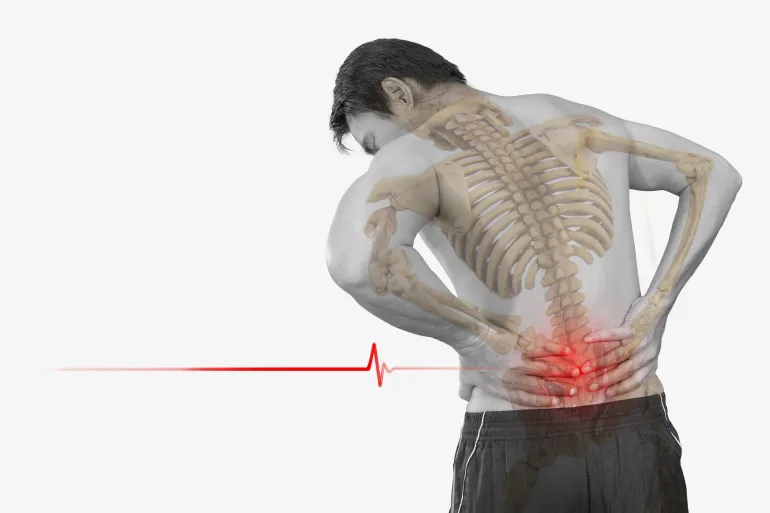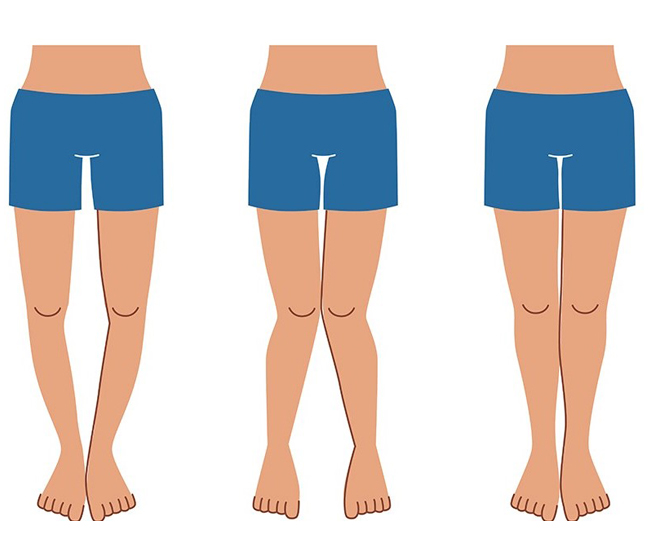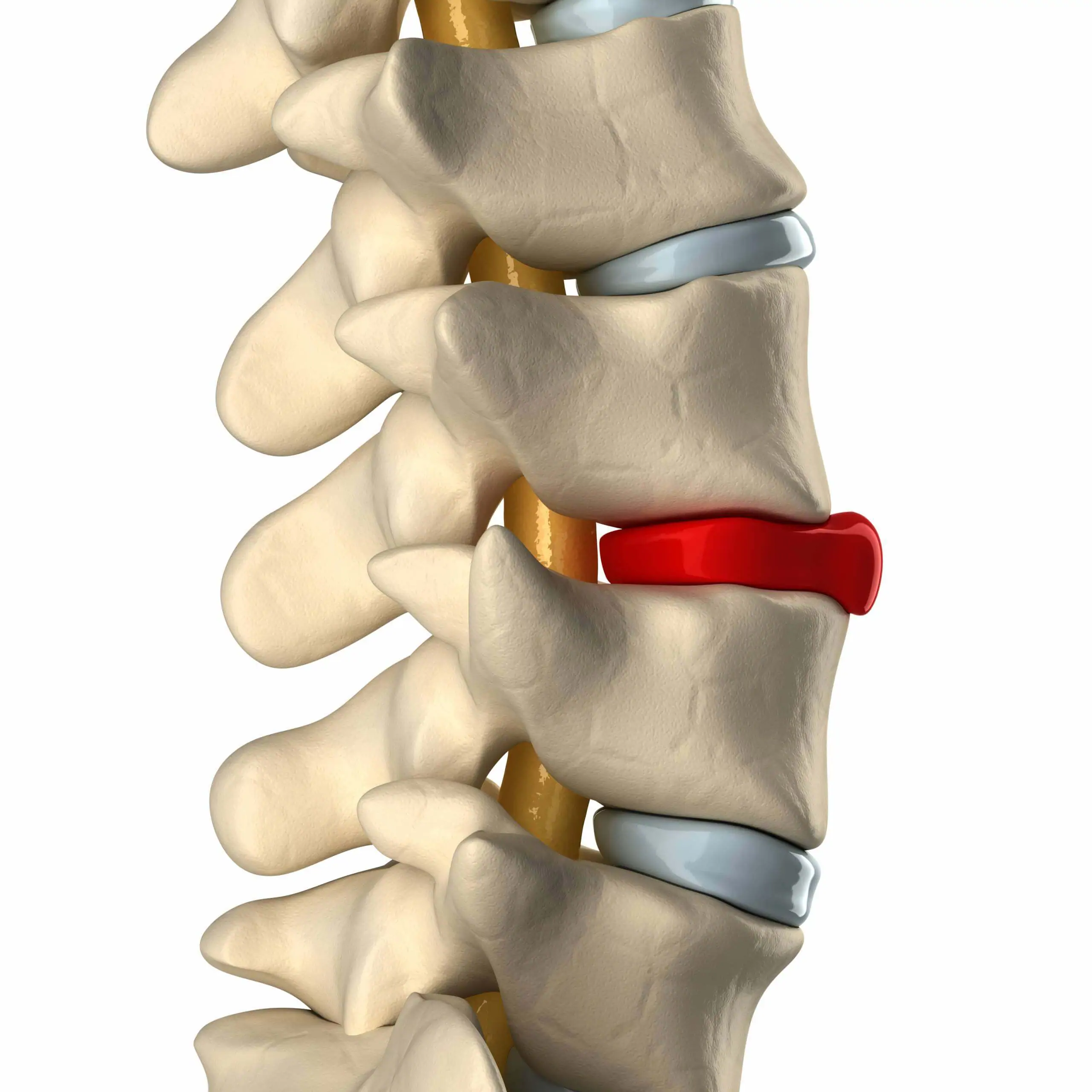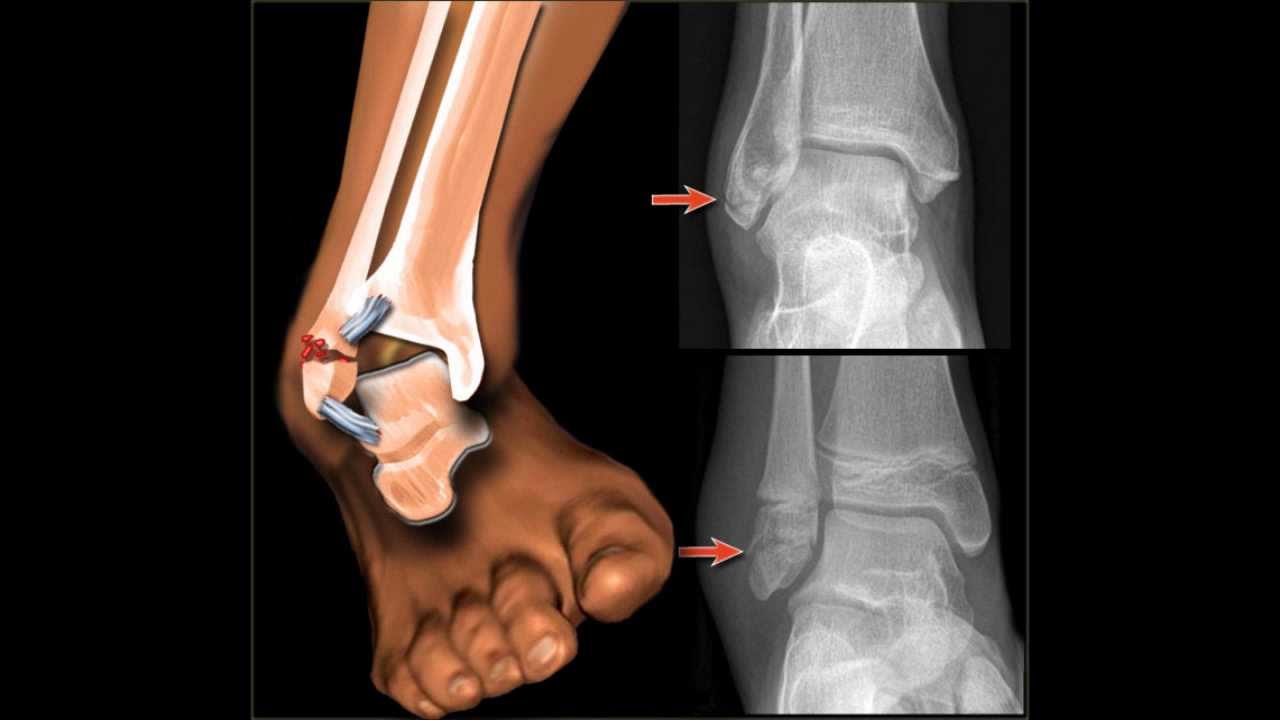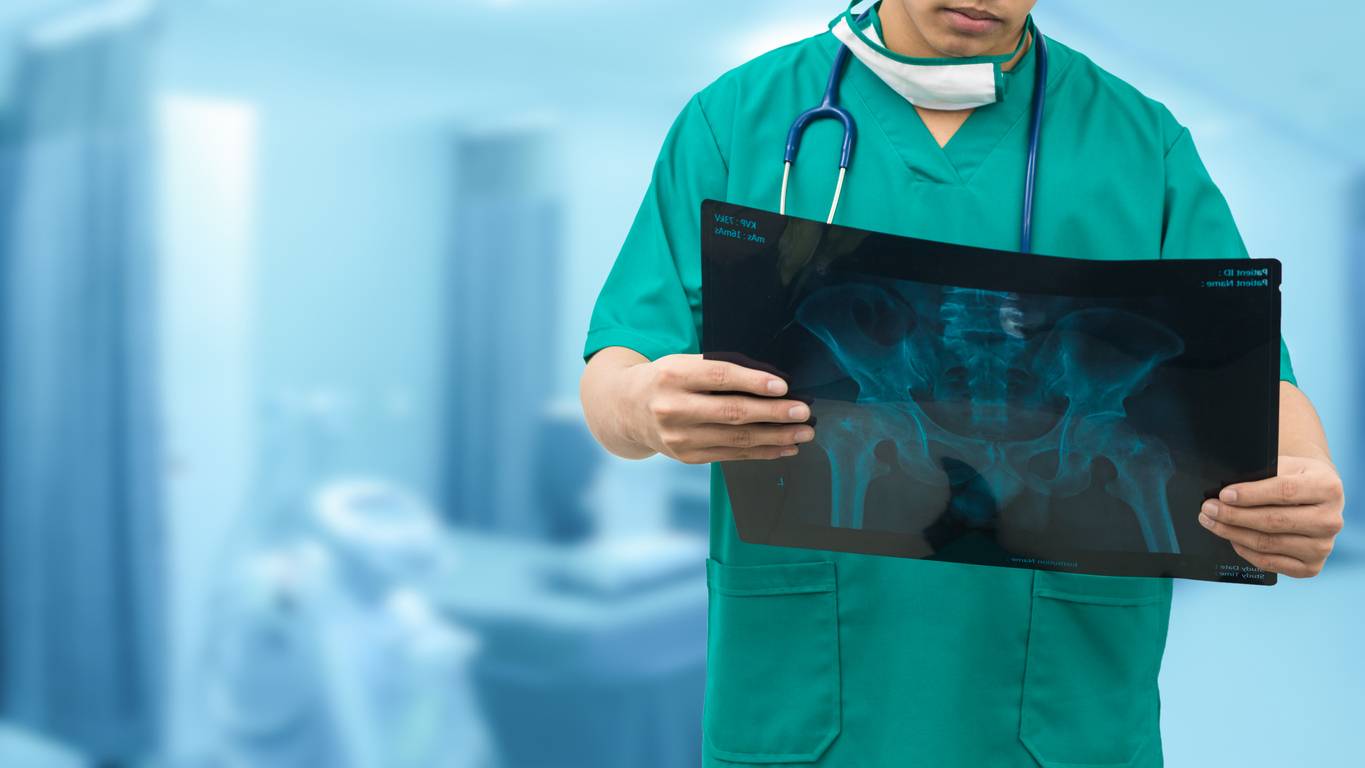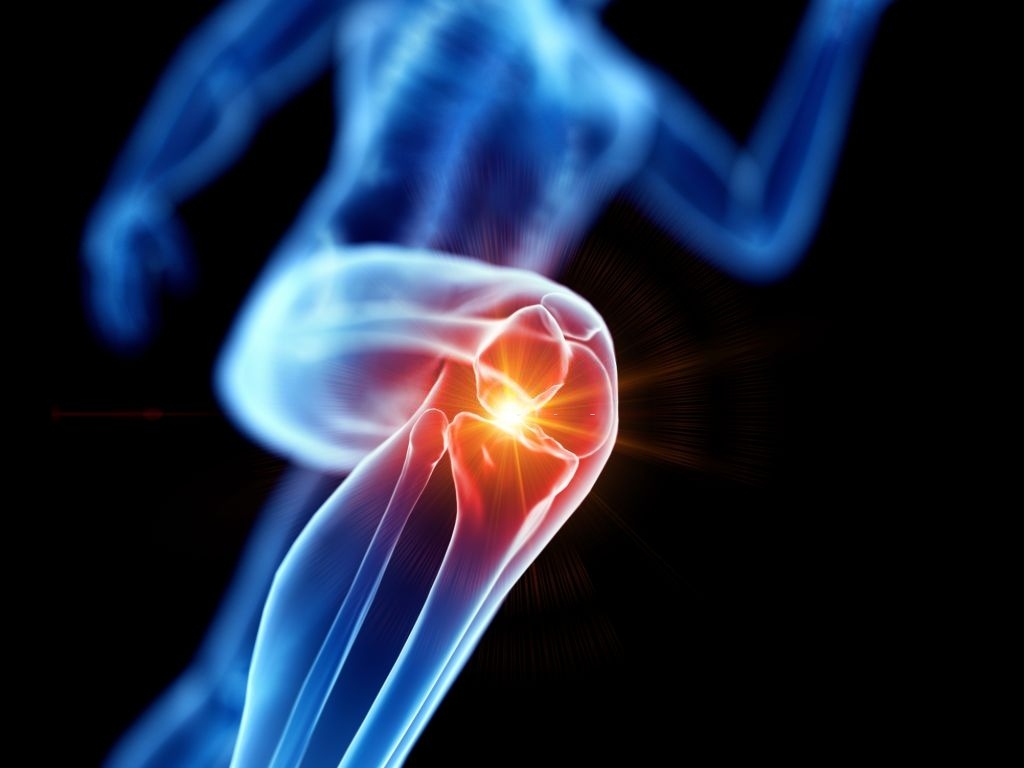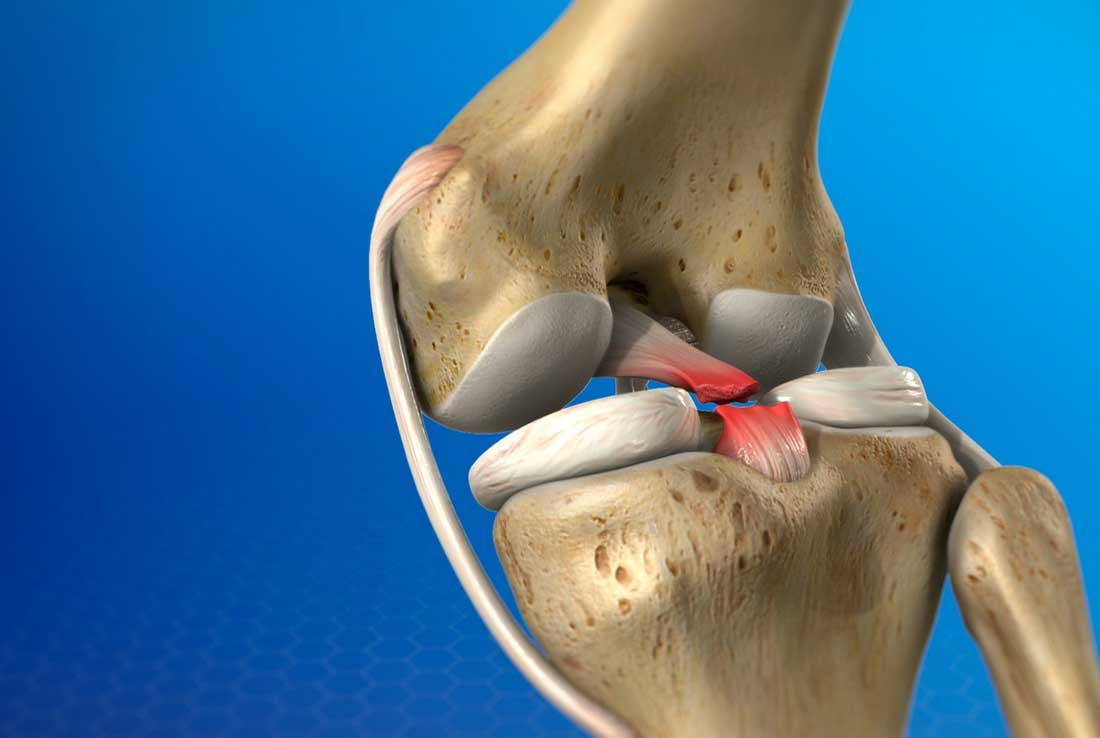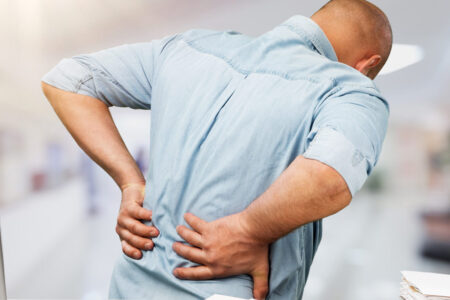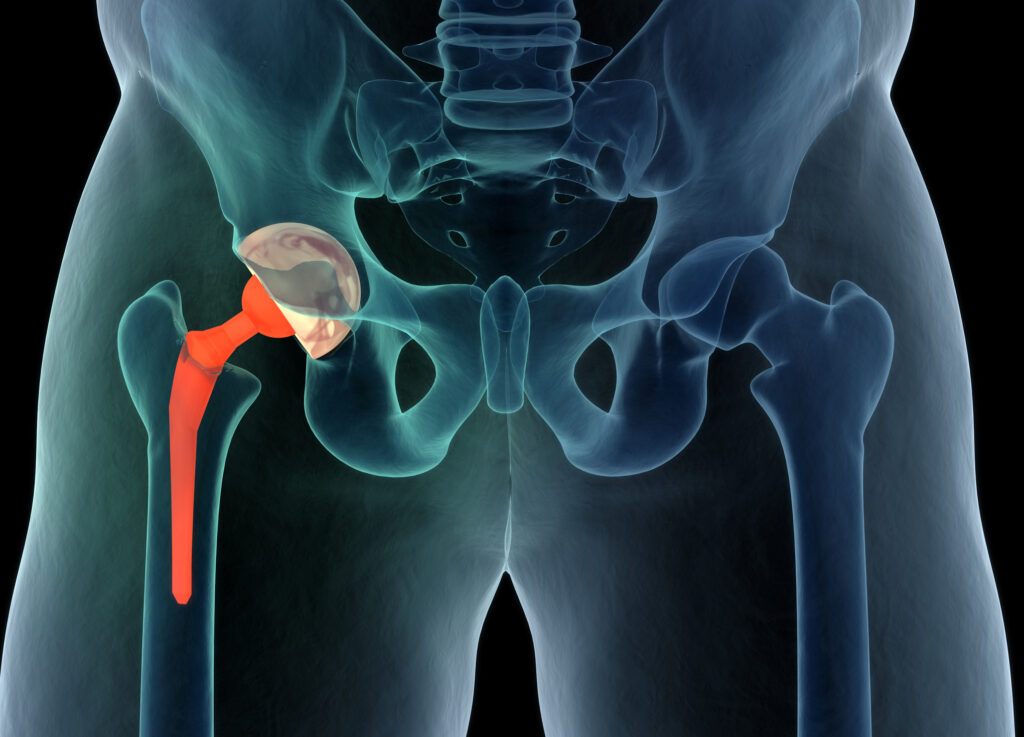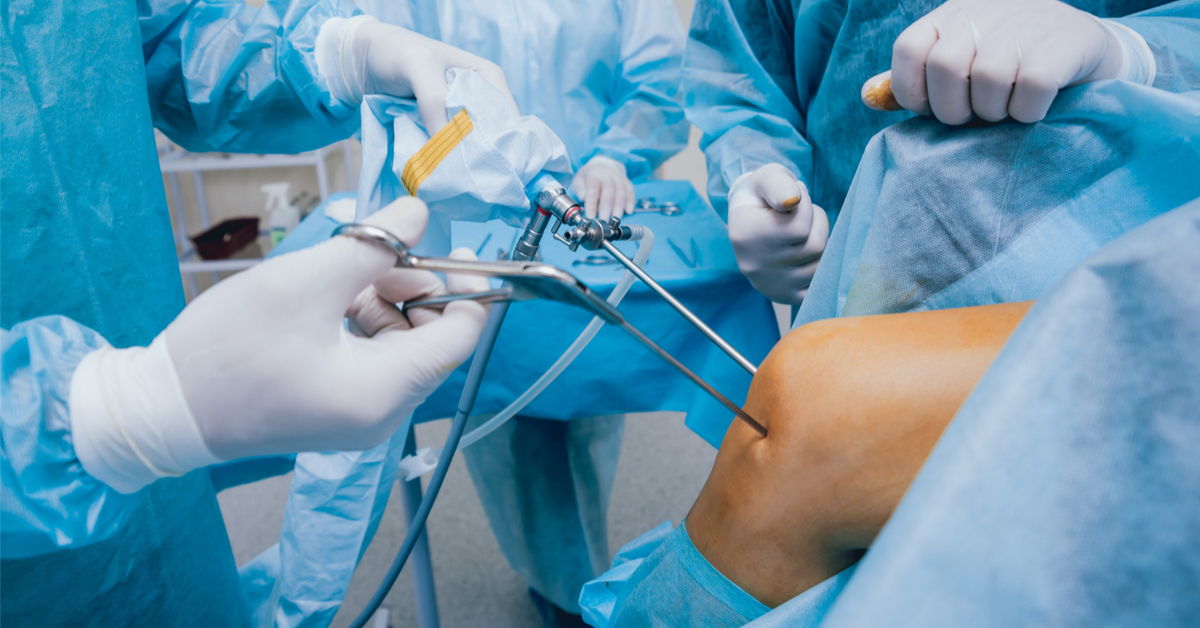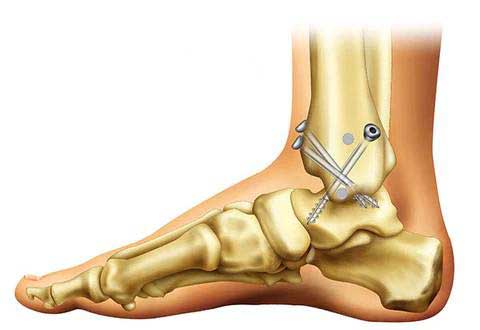Learn more about anterior knee pain
Knee pain is many and varied, and each area has its own causes and specific methods of treatment that differ from others. In the following article, we will learn about the most common types among individuals and what are the real reasons behind them.
Knee pain from the front
When feeling pain in the knee from the front, we must take into account that this may be the result of weakness in the thigh muscles and severe flexion in addition to the occurrence of tension in the muscles and tendons of the leg, and individuals may feel more pain when running or even if they are walking normally, and as soon as these symptoms are felt, care must be taken to perform magnetic resonance imaging (MRI) and arthroscopy in order to obtain an accurate diagnosis of the condition.
The first action that is taken as soon as you feel pain in the knee from the front is to stop immediately performing the exercises that make the symptoms more severe, such as running and taking plenty of rest, and you should also start doing some specific exercises to strengthen the muscles that are located in the knee area, and the source of pain is the kneecap, which is a round-shaped bone that is connected to the ligaments and tendons in the knee and moves up and down when running.
Pain above the knee
Individuals suffering from pain above the knee as a result of exposure to some injuries or the existence of a health problem that affects it in a bad way, this is a result of the exposure of all of the ligaments, bursae, and the surrounding tendons to some damage, in addition to the presence of very serious developments that affect the ligaments, cartilage, articular cartilage, and bones that are located inside the joint, and among the causes of knee pain:
- Overuse of the knee as a result of vigorous exercise that requires high physical effort.
- Occurrence of knee infections such as tendinitis, knee osteoarthritis, osteoarthritis, degenerative arthritis, and rheumatoid arthritis.
- Valuable osteonecrosis is a pathological condition in which the blood does not reach the bone tissue well, causing swelling and pain, and thus causing the bone to collapse.
- Knee cystitis or bursa formation, which is a sac containing fluid that is located under the skin over the joint.
- Bone fractures or some injuries that cause dislocation of the knee joint or rupture of ligaments and tendons.
- Knee injuries that many sports people suffer.
- Suffering from some diseases such as lupus erythematosus, gout, sickle cell anemia, and Crohn’s disease.
- Occurrence of bacterial infections in the knee area.
Back pain in the knee
Many reasons may eventually lead to feeling pain behind the knee, this is because the knee consists of several parts, and exposure to any injury in any part that causes this pain, and among the most common causes that lead to pain behind the knee:
- Anterior cruciate ligament injury.
- Posterior cruciate ligament injury.
- Meniscus rupture.
- Hamstring injury.
- Patellar tendinitis.
- Pain behind the knee when it is straightened and patellar tendinitis.
- Leg muscle rupture.
- leg cramps
- Deep vein thrombosis.
- Baker cyst.
- arthritis.
- Softening of the knee cartilage.
Although the causes of pain behind the knee are many and varied, the symptoms are the same and the cause cannot be distinguished without a careful medical examination. However, some symptoms appear on the patient, which are an indication of the need to go to the doctor immediately, and for example:
- Feeling sharp pain.
- Sudden swelling in the affected leg.
- Feeling hot and hot in the skin.
- Having trouble breathing.
- Loss of ability to bear body weight on the affected leg.
- A change in the shape of the knee joint.
Swelling below the knee with pain
Swelling under the knee with a feeling of pain is the result of many causes, some of which are mild and others are very severe, such as:
- Bursitis: Inflammation of the synovial sac that is located in the knee area has an effect on the rest of the areas adjacent to it, and this results in swelling in the area below the knee, and this matter is treated by applying some ice packs while taking care to keep the leg raised from the rest of the body level, and care must be taken to take plenty of rest and take non-steroidal anti-inflammatory drugs.
- Injuries: Many injuries result in inflammation of the knee and significant accumulation of fluid in it or in the surrounding areas, such as anterior cruciate ligament injuries as a result of a rupture of the ligaments, a rupture of the meniscus, bone fractures, or overuse and stress of the knee, which exposes it to many problems.
- Gout: Gout causes large amounts of uric acid to accumulate around the knee joint, causing swelling to appear in it in addition to some of the adjacent areas, and its symptoms intensify at night or when staying still for a long period, and the symptoms may fade on their own or you need some medications that reduce their severity.

